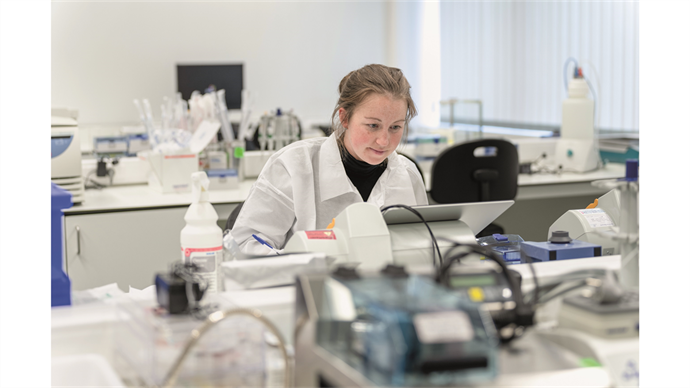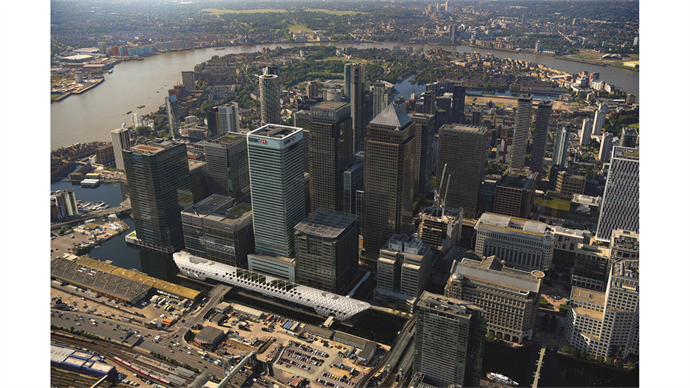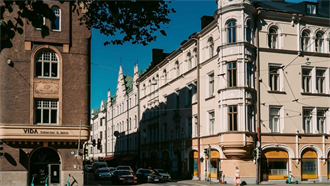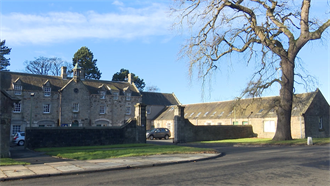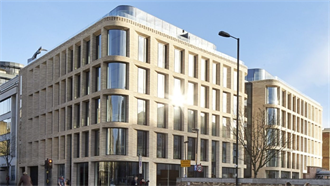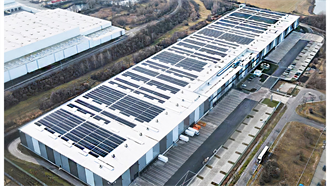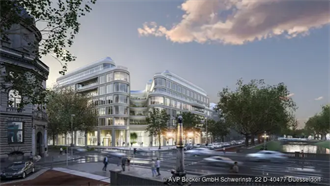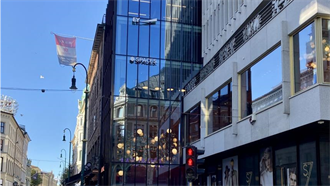Not long ago it was all about tech companies; now life science occupiers are driving some of the most innovative urban developments in Europe’s cities.
MAGAZINE Following the science
- In Magazine highlights
- 15:24, 21 November 2022
Premium subscriber content – please log in to read more or take a free trial.
Events
Latest news
Best read stories
-
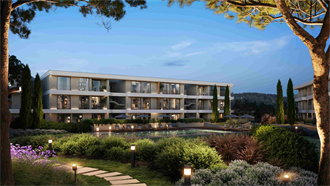
Bondstone allocates €70m for resi project in Portugal
- 19-Apr-2024
Portuguese real estate investor and developer Bondstone is investing around €70 mln in a residential development in Belas Clube de Campo, municipality of Sintra, Portugal.


